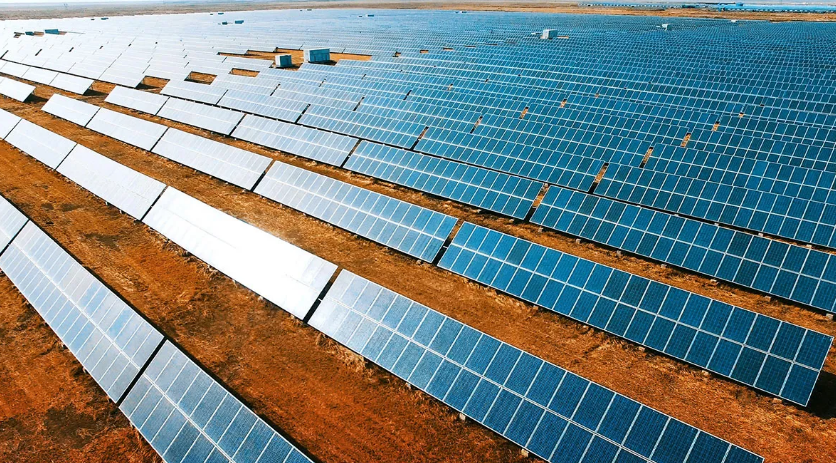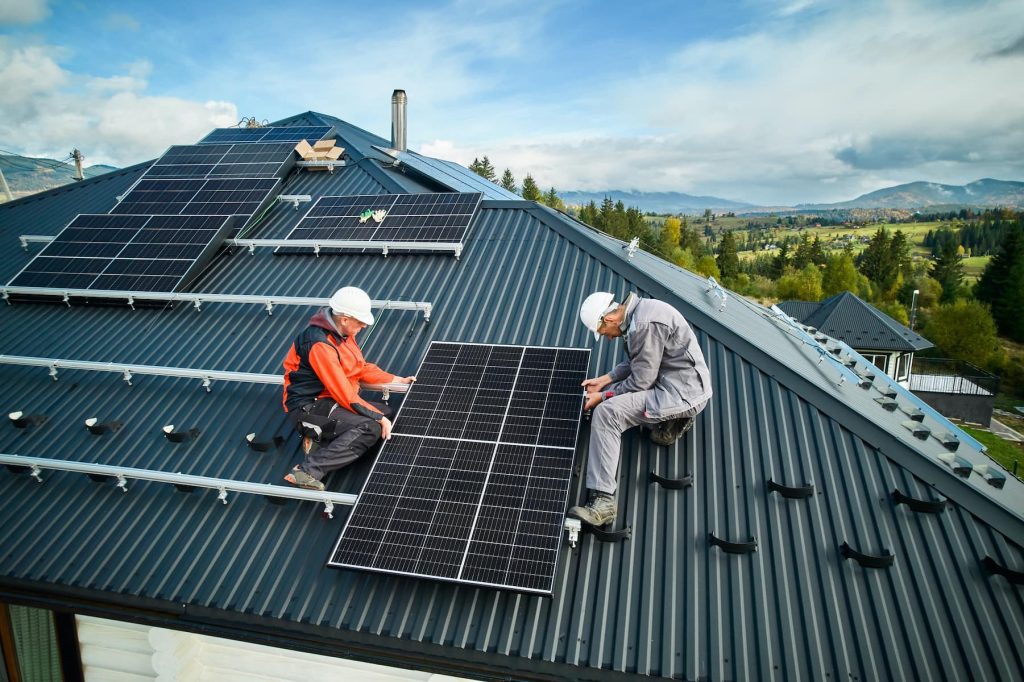Residential solar energy is transforming homes across Central Florida, providing homeowners with a clean, cost-effective solution to rising electricity costs. As advancements in technology continue to improve efficiency and affordability, the future of solar energy in the region looks incredibly promising. In this blog, we’ll explore the emerging trends, policies, and innovations driving the growth of solar energy in Central Florida and how homeowners can capitalize on these opportunities.
1. Why Central Florida is Perfect for Solar Energy
A. Abundant Sunshine
Central Florida enjoys over 230 sunny days annually, making it an ideal location for solar energy production. Homeowners can generate significant power with solar panels, reducing reliance on the grid.
B. Rising Electricity Costs
With energy prices steadily increasing, solar energy provides a sustainable and cost-effective alternative for Florida homeowners.
C. Supportive Policies
Florida’s net metering program and the Federal Solar Investment Tax Credit (ITC) encourage solar adoption by offering financial incentives and utility bill savings.
2. Emerging Trends in Residential Solar Energy
A. Smart Solar Systems
Smart solar systems are revolutionizing energy management by integrating solar panels with advanced monitoring and automation tools.
- Features: Real-time energy tracking, automated optimization, and integration with smart home technology.
- Benefits: Enhanced efficiency, lower energy waste, and greater control over energy usage.
B. Battery Storage Solutions
Battery storage systems are becoming more affordable and widespread, allowing homeowners to store excess solar energy for use during peak hours or outages.
- Advancements: Lithium-ion batteries like the Tesla Powerwall are leading the way, offering longer lifespans and higher energy capacity.
- Impact: Improved energy independence and resilience during Central Florida’s frequent storms.
C. Solar Roofing and Building-Integrated Photovoltaics (BIPV)
Innovations like solar shingles and BIPV are merging aesthetics with functionality, enabling solar energy generation without traditional panels.
- Advantages: Seamless integration with home design, making solar more visually appealing.
- Drawbacks: Currently higher costs compared to traditional panels but expected to decrease with widespread adoption.
D. Community Solar Projects
Community solar programs allow homeowners who can’t install solar panels on their properties to subscribe to shared solar installations.
- How It Works: Participants receive credits on their utility bills for the energy generated by the community solar farm.
Benefits: Access to solar energy without installation, ideal for renters or homes with limited roof space.
3. Advances in Solar Technology
A. High-Efficiency Solar Panels
Modern solar panels are achieving record efficiency levels, converting more sunlight into electricity.
- Example: Bifacial panels capture sunlight from both sides, increasing output by up to 20%.
B. Perovskite Solar Cells
Perovskite cells are an emerging technology that could revolutionize solar energy by being lightweight, flexible, and cost-effective.
- Future Potential: Easier installation and greater adoption due to lower manufacturing costs.
C. AI-Powered Energy Management
Artificial intelligence is being used to optimize energy production, storage, and distribution for solar-powered homes.
Example: AI tools can predict energy usage patterns and adjust battery discharge schedules to maximize savings.
4. Policies and Incentives Driving Solar Growth
A. Federal Solar Investment Tax Credit (ITC)
The ITC currently provides a 30% tax credit for residential solar installations, significantly reducing upfront costs for homeowners.
B. Florida Net Metering
Net metering allows homeowners to sell excess solar energy back to the grid, offsetting utility costs.
C. PACE Financing
The Florida PACE (Property Assessed Clean Energy) program makes solar installations accessible by covering 100% of the project cost with no upfront payments.
5. The Role of Solar in Energy Independence and Sustainability
A. Reducing Carbon Emissions
Solar energy significantly decreases reliance on fossil fuels, reducing greenhouse gas emissions.
B. Resilience During Storms
Solar panels paired with battery storage provide backup power during outages, critical during Florida’s hurricane season.
C. Energy Independence
Homeowners can produce and store their own power, reducing reliance on utility companies and shielding themselves from rising electricity costs.
6. Challenges Facing Residential Solar in Central Florida
A. Policy Uncertainty
Potential changes to net metering and other incentives could impact the financial benefits of solar energy.
B. Initial Costs
Although costs are decreasing, the upfront investment can still deter some homeowners. Programs like PACE help address this barrier.
C. Weather and Maintenance
Frequent storms require homeowners to ensure their panels are durable and well-maintained for optimal performance.
7. How Homeowners Can Prepare for the Future of Solar
- Conduct an Energy Audit: Assess your energy needs and solar potential.
- Choose High-Quality Equipment: Invest in panels and inverters with proven efficiency and durability.
- Consider Battery Storage: Pairing solar panels with a storage system enhances energy independence.
- Explore Financing Options: Use PACE financing to eliminate upfront costs and make solar more affordable.
8. Success Story: A Solar-Powered Transformation
Scenario: A homeowner in Central Florida installs a 7 kW solar system with battery storage using PACE financing.
- Project Cost: $30,000 (100% covered by PACE).
- Monthly Utility Savings: $250.
- Annual Savings: $3,000.
Outcome: Energy independence, resilience during outages, and a reduced carbon footprint.

Future of Residential Solar Energy
Conclusion
The future of residential solar energy in Central Florida is bright, driven by technological advancements, supportive policies, and growing consumer demand. With innovations like smart systems, battery storage, and solar shingles, homeowners have more options than ever to embrace clean, cost-effective energy. Programs like PACE financing ensure that these upgrades are accessible, making now the perfect time to invest in solar energy.
Ready to join the solar revolution? Contact a PACE-approved contractor today to explore how solar energy can transform your home and your energy savings.

Want to Learn More?
The PACE program offers an excellent opportunity for Florida homeowners to finance essential energy-efficient upgrades without upfront costs. By partnering with Guardian Home, you can enhance your home’s comfort, safety, and value while contributing to a more sustainable future. Contact us today to schedule your free consultation and start your journey towards an energy-efficient home. Contact us today!







